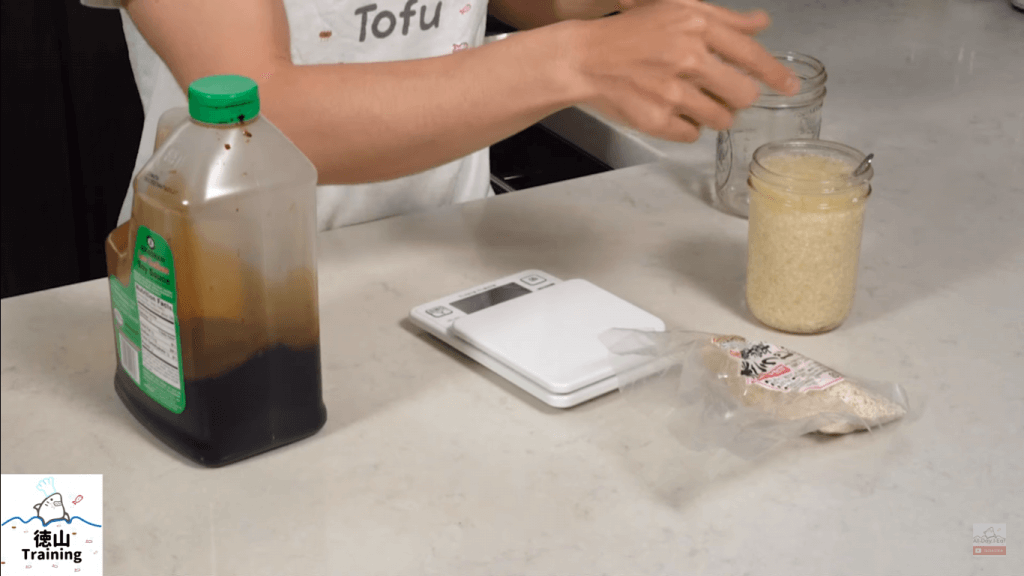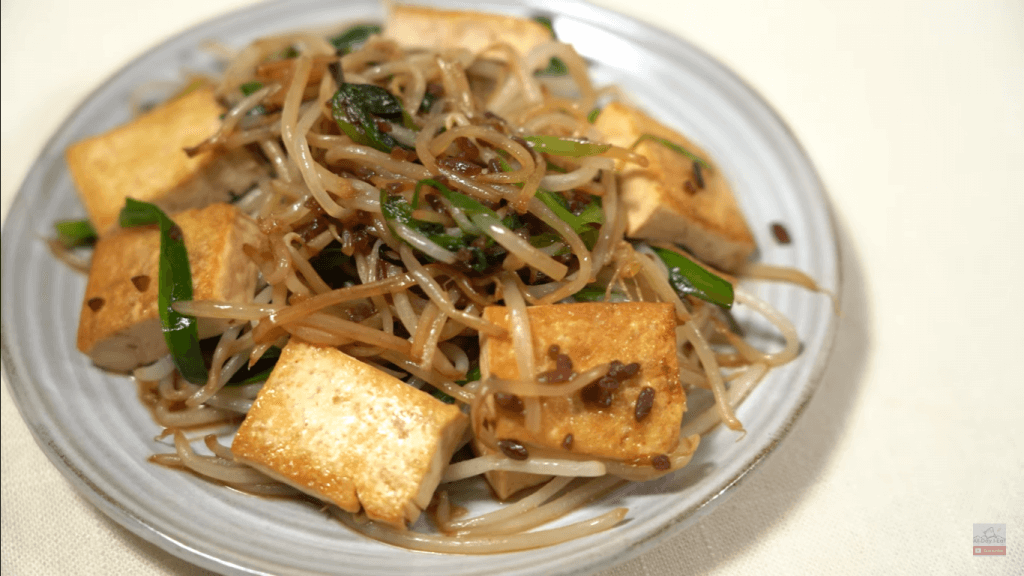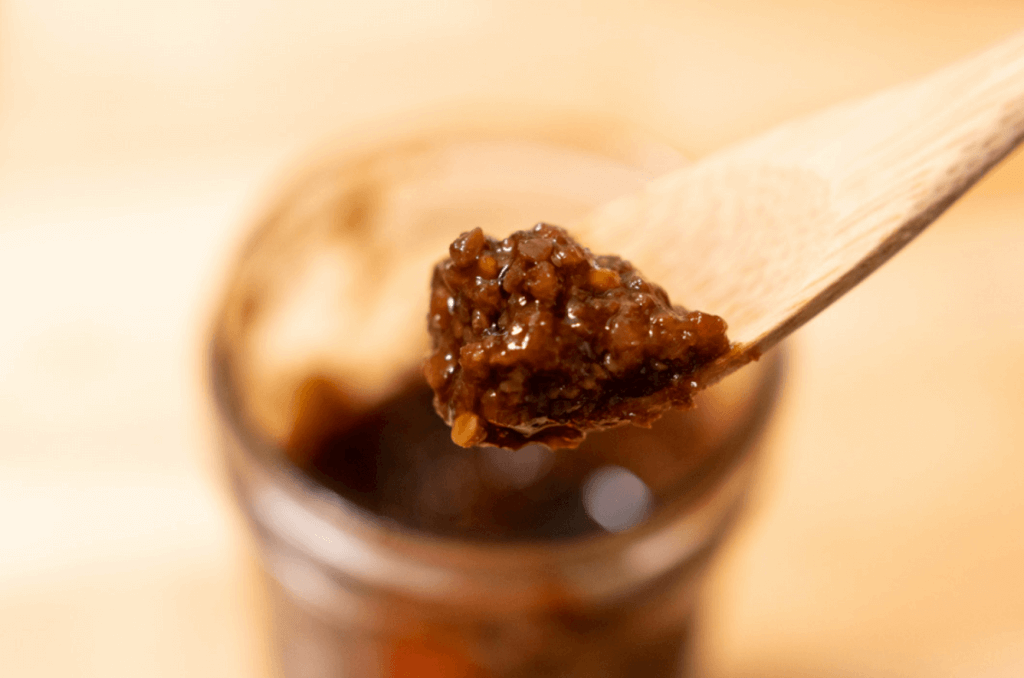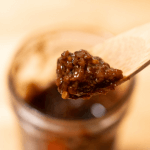curious what fermented soy sauce with rice can do for you? depending on what you’re cooking, it might just revive or take your relationship with Japanese soy sauce to the next level, would you like a taste?

What is shoyu koji 醬油麹 ?
Shoyu (soy sauce) koji is a sauce made with shoyu, which is fermented with kome koji.
Koji is a type of fungus that is used to ferment various types of food and beverages, including sake, shochu, and miso. Some of the benefits of using koji in food production include:
- Koji helps to break down complex molecules in food, making it easier for the body to digest and absorb the nutrients.
- Koji produces a range of enzymes that can improve the flavor and texture of fermented foods.
- Koji can help to preserve food by inhibiting the growth of spoilage bacteria.
- Koji is a natural source of umami, a savory taste that enhances the flavor of many dishes.
- Koji can be used as a natural food preservative, helping to extend the shelf life of fermented products.
I have my kome koji which is what we’re gonna be using. And we’re gonna also be using some soy sauce.

Here is regular Shio(salt) Koji. And it’s been out for a little bit so it’s starting to bubble because it is active.
And this is what we’re gonna be making, (sort of).
But instead of water and salt, we’re gonna be using shoyu.
This is one of those things that you just have to make. I’ve actually never seen this sold anywhere in the United States.
How do you use shoyu koji 醬油麹?


This goes great with any kind of dishes that you would normally use shoyu for.
Basically, if a dish calls for the use of shoyu, you can use shoyu koji instead.
If you’re going to be eating natto, for example.
And you can put it on meat, or fish, or vegetables. It’ll help to give it a really unique flavor. A little bit different than shoyu.
That’s pretty much it.
Just mix it once a day for about 10 days, leave it at room temperature, and it’ll be ready to use.
5 ideas to use your homemade shoyu koji:
Shoyu koji can be used as a condiment for dipping or as the main seasoning for a variety of different foods:
- In marinades: shoyu koji can be used as a base for marinades for meats, fish, and vegetables. It helps to add flavor and can also tenderize the food.
- In sauces and dressings: shoyu koji can be added to sauces and dressings to add depth of flavor.
- In stir-fries: shoyu koji can assist in adding flavor and helping to coat the ingredients.
- In soups and stews: A small amount of shoyu koji can be added to soups and stews to enhance the flavor and umami.
- It is important to note that shoyu koji is high in sodium because it contains soy sauce, so it should be used in moderation.
What are the benefits of fermented foods?
Fermented foods are foods that have been through a process of fermentation, a process in which microorganisms such as yeast and bacteria convert the sugars in the food into alcohol or acids. Some of the potential benefits of consuming fermented foods include:
- Improved digestion: The live bacteria in fermented foods (probiotics) can help to improve digestion and boost the immune system.
- Enhanced nutrient absorption: Fermentation can break down food into more easily digestible forms, making it easier for the body to absorb the nutrients.
- Better mental health: Some studies have suggested that the probiotics in fermented foods may have a positive impact on mental health, including reducing anxiety and depression.
- Weight management: Fermented foods can help to regulate appetite and cravings, both thanks to nutrient density and flavor which may be helpful for weight management.
- Reduced risk of certain diseases: Some research suggests that consuming fermented foods may reduce the risk of certain diseases, such as certain types of cancer.
It is important to note that more research is needed to fully understand the potential health benefits of fermented foods.
[embedyt] https://www.youtube.com/watch?v=B6QjJRZz6y4[/embedyt]
Have you tried shoyu koji yet? If not, do you think you’ll try making it? Leave any questions or comments if you have any below!
PrintShoyu Koji | Recipe for Shoyu Koji Sauce (EASY!)
Ingredients
- 100 grams soy sauce (plus more to top off)
- 100 grams kome koji
Instructions
- Add the soy sauce and the kome koji to a glass container and gently mix so that all of the rice grains have been wet by the soy sauce.
- The rice will absorb some of the liquid, so wait about 10-15 minutes and top off and cover.
- Mix once a day for 10 days.
- Use as you would regular soy sauce and substitute in a 1:1 ratio.
Notes
- The shoyu kouji will be ready to use at about 5-7 days in, but tastes best at 10 days. Taste how the flavor changes and see if you can notice a difference.
- If the top portion of the mixture is no longer submerged, add additional soy sauce to keep it slightly submerged.
- If you want a smooth texture, consider pureeing it into a paste!








I used to be able to buy soy sauce Koji at my farmers market but the company is going out of business so I’m branching out on my own. Thanks for your help, however when I mixed equal parts of Koji rice and soy sauce my mixture was much drier than yours looked; should I keep adding more soy sauce?
yes you can keep adding to get your desired consistency, it may also help to puree in a blender if you want it smooth rather than chunky! have you tasted it yet?